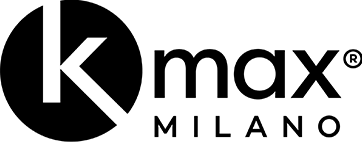Paus R, Muller-Rover S, Botchkarev VA. Chronobiology of the hair follicle: hunting the ” hair cycle clock”. J Investig Dermatol Symp Proc 1999 Dec;4(3):338-45
The hair follicle (HF) is the only mammalian organ that undergoes life-long, cyclic transformations from long stages of growth (anagen), via rapid, apoptosis-driven organ involution (catagen) to a stage of relative “resting” (telogen). The controls that underlie these transformations clearly reside in and/or around the HF itself, and are likely to reflect – essentially autonomous, yet highly manipulable – changes in the local signalling milieu of e.g., hair growth-modulatory growth factors, cytokines, hormones and adhesion molecules. Yet the molecular nature and organization of the “hair cycle clock” (HCC) that drives these cyclic switches in the local signalling milieu remain obscure, and there is not even a fully satisfactory theory of hair cycle control. Since deciphering of the HCC is of paramount clinical importance, and since corresponding working hypotheses are badly needed to guide the design of more incisive experiments that identify the elusive central “oscillator” mechanism behind the HCC, we discuss basic requirements any convincing HCC theory should meet.
After arguing that at least four distinct timing devices underlie HF chronobiology (“morphogenesis clock”, “cycling inducer”, “desynchronizer”, and the actual HCC), previously proposed HCC theories are briefly and critically reviewed. In the light of intriguing regulatory similarities between the HCC and the cell cycle machinery, we suggest here that the HCC may be driven by autonomous, cell cycle-coupled secretory activities of the HF mesenchyme, namely by changes in the G0/G1-associated secretion of “papilla morphogens” by dermal papilla fibroblasts. Hopefully, this provocative hypothesis will encourage the proposition of novel, comprehensive HCC theories.











